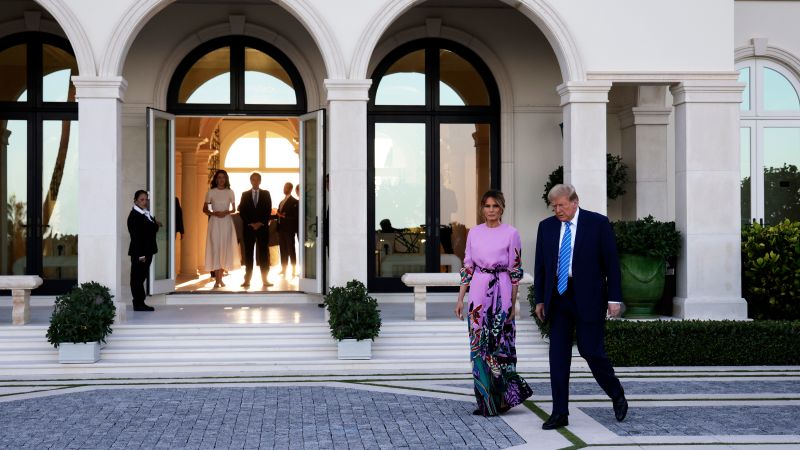At a recent fundraising dinner for former President Donald Trump, wealthy donors forked over a record $50.5 million. Hosted by billionaire investor John Paulson, the event highlighted Trump’s core issues for a potential second term, including extending the sweeping tax cuts that congressional Republicans approved in 2017. These tax cuts primarily benefited the rich, and Trump made it clear that he would prioritize them if he returned to the White House.
This stance on tax policy sets Trump apart from President Joe Biden, who is campaigning on raising taxes on the wealthy to fund his social and other priorities while protecting those who earn less than $400,000 a year from tax hikes. Biden’s campaign wasted no time criticizing Trump for his promises of “tax giveaways to billionaire donors.”
The fate of the 2017 law’s individual tax provisions, which are set to expire at the end of next year, will depend on the outcome of the upcoming election. More than 60% of the benefits of the tax cuts went to those in the top 20% income bracket, with over 40% going to the top 5%.
Those making between $500,000 and $1 million saw an average tax cut of about $21,000, while those earning $1 million or more enjoyed an average tax cut of about $70,000. On the other hand, only a little over a quarter of those in the lowest-income households saw their taxes reduced, with an average tax cut of about $200.
If the tax cuts are extended, the center predicts that the pattern of who benefits will remain similar. The Tax Cuts and Jobs Act, which was passed in 2017, disproportionately favored the wealthy, providing them with significant tax cuts.
The law included changes to individual and corporate income tax rates, personal exemptions, the standard deduction, child tax credit, itemized deductions, and the estate tax exemption, among others. Howard Gleckman, a senior fellow at the center, noted that while most income groups received tax cuts, the highest-income individuals received the largest cuts.
In light of the corrected information from the Tax Policy Center about the distribution of tax benefits from the 2017 law, it is evident that tax policy will continue to be a crucial point of contention in the upcoming election.











